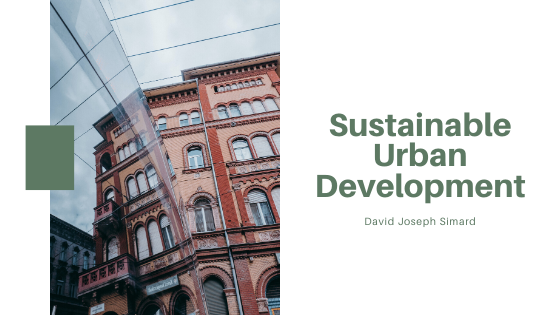As environmentalism becomes more prominent in global conversations about the future, it is essential to explore and understand the options available to city planners and government officials to effectively implement and utilize various resources and strategies that promote sustainability. For urban development, whether building from the ground up or adapting an existing sprawl, there are numerous ways to approach expansion and growth with sustainability in mind.
Importance of Urban Sustainability
With growing concerns regarding resource availability, pollution, and overpopulation, sustainability has rapidly gained traction in large-scale discussions around the world. Urban areas are the most densely populated regions, and they also tend to have a larger negative impact on the environment. Because of these truths, sustainable urban development has become a priority to not only reduce the unnecessary transmission of pollutants but also to utilize renewable resources at our disposal better and promote long-term practices for greater sustainability. With these things in mind, urban development can be more effective, efficient, and practical without detracting from the character and unique features of an individual city.
Areas of Development
In all urban development, multiple areas deserve attention. Sustainable urban development is no different. For the sake of sustainability, developmental plans must acknowledge all essential areas to maximize each aspect’s ability to embrace sustainability. From more visible areas like transportation, architecture, and engineering to the more subtle aspects such as government and economic development, sustainability must be at the core of urban development efforts to make significant environmental contributions.
Green Living
The sustainability movement is closely aligned with “green” living, which refers to practices that are conscious of their potential environmental footprint and are therefore designed to reduce the negative impact as much as possible. A sustainable urban area may feature cycle parks, which promote the use of bicycles over motor vehicles, as well as plenty of paths that make foot traffic more accessible to those living in the city. Along with this sustainable approach to transportation, public vehicles like busses and trains may not be obsolete, as shared rides are more sustainable than individual vehicles. Still, making an effort to power these vehicles with alternative resources and limiting the number of times each one runs are a few ways to embrace green transportation.
In all aspects of the planned city, sustainability should be considered and embraced. Adopting a green stance on urban planning can help improve the overall atmosphere of a city and prevent environmental damage without sacrificing the city’s culture.


